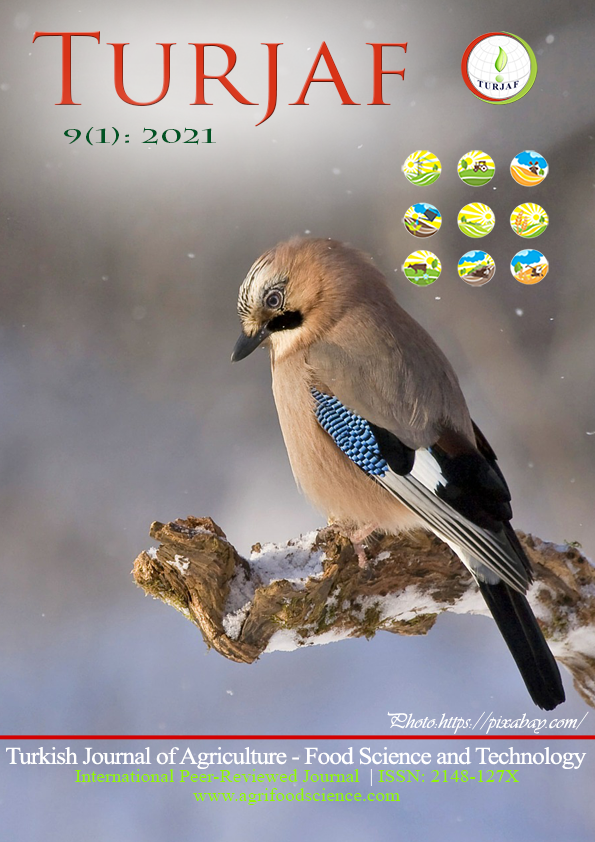Determining The Effects of Egg Weight with Incubation Temperature and Eggshell Temperature on Hatching Results in Japanese Quails
DOI:
https://doi.org/10.24925/turjaf.v9i1.234-240.3877Keywords:
Japanese quail, Egg weight, Shell temperature, Incubation results, Relative weight lossAbstract
In this study, a total of 402 Japanese quail hatching eggs from 32 weeks of age flock to determine shell temperature, temperature differences between shell and setter temperatures, relative weight (water) loss from eggs in setter period and effects on incubation results. All the eggs were divided into two egg weight groups (≤12 g and >12 g) and they were randomly and equally distributed to the setter trays. As expected, day old chick weight was significantly affected by the egg weight. The lighter eggs lost more water than heavier ones. Although the embryo cannot produce a noticeable level of heat in the first half of the development period (endothermic phase), since it begins to generate more noticeable heat in the second half (exothermic phase), the shell temperature is found to be higher than the setter temperature. This table is more pronounced in heavier eggs. In the first half of the development period, while the shell temperature was higher in light eggs than in heavy ones, the shell temperature, in egg weight groups, was differed by the setter floors during the latter half. Generally, in this late period, when the growing embryo now produces more noticeable heat, the higher shell temperatures were measured in heavier eggs and in eggs where set in upper-trays. The lighter eggs where set in lower-trays were found to be having lower shell temperatures than the eggs in all other combinations. Late embryonic mortalities were higher in heavier eggs.Downloads
Published
24.01.2021
How to Cite
Kansak, S., & Aktan, S. (2021). Determining The Effects of Egg Weight with Incubation Temperature and Eggshell Temperature on Hatching Results in Japanese Quails. Turkish Journal of Agriculture - Food Science and Technology, 9(1), 234–240. https://doi.org/10.24925/turjaf.v9i1.234-240.3877
Issue
Section
Research Paper
License
This work is licensed under a Creative Commons Attribution-NonCommercial 4.0 International License.









